-
 Bitcoin
Bitcoin $108,017.2353
-0.81% -
 Ethereum
Ethereum $2,512.4118
-1.58% -
 Tether USDt
Tether USDt $1.0002
-0.03% -
 XRP
XRP $2.2174
-1.03% -
 BNB
BNB $654.8304
-0.79% -
 Solana
Solana $147.9384
-1.76% -
 USDC
USDC $1.0000
-0.01% -
 TRON
TRON $0.2841
-0.76% -
 Dogecoin
Dogecoin $0.1636
-2.09% -
 Cardano
Cardano $0.5726
-1.72% -
 Hyperliquid
Hyperliquid $39.1934
1.09% -
 Sui
Sui $2.9091
-0.59% -
 Bitcoin Cash
Bitcoin Cash $482.1305
0.00% -
 Chainlink
Chainlink $13.1729
-1.54% -
 UNUS SED LEO
UNUS SED LEO $9.0243
-0.18% -
 Avalanche
Avalanche $17.8018
-1.90% -
 Stellar
Stellar $0.2363
-1.69% -
 Toncoin
Toncoin $2.7388
-3.03% -
 Shiba Inu
Shiba Inu $0.0...01141
-1.71% -
 Litecoin
Litecoin $86.3646
-1.98% -
 Hedera
Hedera $0.1546
-0.80% -
 Monero
Monero $311.8554
-1.96% -
 Dai
Dai $1.0000
-0.01% -
 Polkadot
Polkadot $3.3473
-2.69% -
 Ethena USDe
Ethena USDe $1.0001
-0.01% -
 Bitget Token
Bitget Token $4.3982
-1.56% -
 Uniswap
Uniswap $6.9541
-5.35% -
 Aave
Aave $271.7716
0.96% -
 Pepe
Pepe $0.0...09662
-1.44% -
 Pi
Pi $0.4609
-4.93%
How to buy coins with a credit card on Binance? Is there a handling fee?
Buying coins with a credit card on Binance is easy: verify your account, add your card, choose your crypto, and pay, but watch out for 3.5-4.5% fees.
Apr 28, 2025 at 01:36 pm
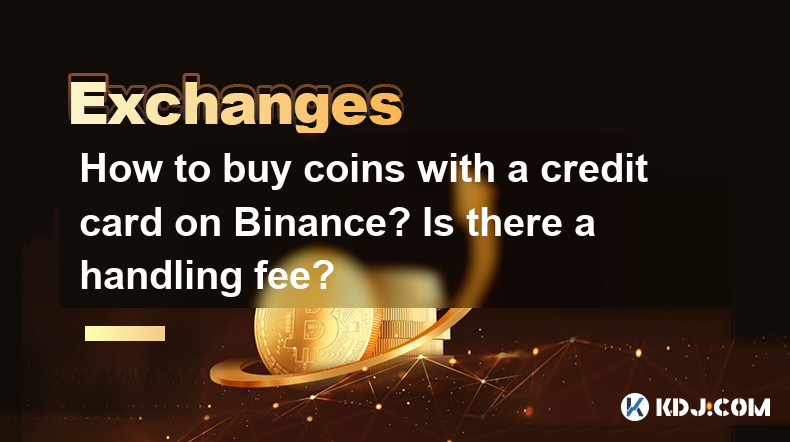
Introduction to Buying Coins with a Credit Card on Binance
Purchasing cryptocurrencies with a credit card on Binance is a straightforward process that allows users to quickly acquire digital assets. Binance, one of the world's leading cryptocurrency exchanges, supports this method of payment, making it convenient for users to enter the crypto market. In this article, we will guide you through the steps of buying coins with a credit card on Binance and discuss the associated handling fees.
Preparing to Buy Coins on Binance
Before you can buy coins with a credit card on Binance, you need to ensure that you have a verified account. Here's what you need to do:
- Register an account on the Binance website or mobile app.
- Complete the Know Your Customer (KYC) verification process. This involves submitting your personal information and identification documents to comply with regulatory requirements.
- Add your credit card to your Binance account. Navigate to the 'Wallet' section, select 'Fiat and Spot', and then choose 'Add a Card'. Follow the prompts to enter your card details and complete the verification process.
Once your account is set up and verified, you are ready to proceed with purchasing cryptocurrencies.
Steps to Buy Coins with a Credit Card on Binance
To buy coins with a credit card on Binance, follow these detailed steps:
- Log into your Binance account and navigate to the 'Buy Crypto' section.
- Select 'Credit/Debit Card' as your payment method.
- Choose the cryptocurrency you wish to buy from the list of available options.
- Enter the amount you want to spend in your local currency or the amount of cryptocurrency you want to purchase.
- Review the transaction details, including the total cost and any fees.
- Confirm the purchase by clicking on the 'Buy' button. You will be redirected to a secure payment gateway where you will need to enter your credit card details if you haven't already done so.
- Complete the payment as per the instructions on the payment gateway. Once the transaction is processed, the purchased cryptocurrency will be credited to your Binance spot wallet.
Handling Fees When Buying Coins with a Credit Card
When buying coins with a credit card on Binance, you need to be aware of the handling fees involved. Binance charges a fee for credit card transactions, which typically ranges between 3.5% to 4.5% of the transaction amount. This fee is used to cover the costs associated with processing credit card payments.
In addition to the Binance fee, your credit card issuer may also charge a foreign transaction fee if the purchase is made in a currency different from your card's billing currency. It's important to check with your credit card provider to understand any additional fees you might incur.
Tips for a Smooth Transaction
To ensure a smooth and successful transaction when buying coins with a credit card on Binance, consider the following tips:
- Ensure your credit card has sufficient funds to cover the purchase amount and any associated fees.
- Check the daily and monthly limits imposed by Binance on credit card purchases. These limits can vary based on your verification level and the type of card used.
- Use a card that does not charge foreign transaction fees to minimize the overall cost of your purchase.
- Monitor your email for transaction confirmations and any communications from Binance regarding your purchase.
Troubleshooting Common Issues
If you encounter any issues while trying to buy coins with a credit card on Binance, consider the following troubleshooting steps:
- Check your card details to ensure they are entered correctly and that your card is still valid.
- Verify your account status to ensure that your KYC verification is complete and your account is in good standing.
- Contact Binance customer support if you face any technical issues or if your transaction is declined. You can reach out via the live chat feature on the Binance website or through their support ticket system.
Frequently Asked Questions
Q: Can I use a debit card instead of a credit card to buy coins on Binance?
A: Yes, Binance also supports the use of debit cards for purchasing cryptocurrencies. The process is similar to using a credit card, and the same fees may apply.
Q: Are there any countries where buying coins with a credit card on Binance is not available?
A: Yes, Binance may restrict credit card purchases in certain countries due to regulatory restrictions or other factors. It's advisable to check the Binance website for the latest information on supported countries.
Q: How long does it take for the purchased coins to appear in my Binance wallet?
A: Generally, the purchased coins should appear in your Binance wallet almost instantly after the transaction is confirmed. However, delays can occur due to payment processing times or high transaction volumes.
Q: Can I cancel a credit card purchase on Binance if I change my mind?
A: Once a credit card purchase is processed, it cannot be canceled. It's important to double-check all transaction details before confirming the purchase. If you encounter any issues, you should contact Binance support immediately.
Disclaimer:info@kdj.com
The information provided is not trading advice. kdj.com does not assume any responsibility for any investments made based on the information provided in this article. Cryptocurrencies are highly volatile and it is highly recommended that you invest with caution after thorough research!
If you believe that the content used on this website infringes your copyright, please contact us immediately (info@kdj.com) and we will delete it promptly.
- Bitcoin, Kiyosaki, and Acquisition: A Perfect Storm?
- 2025-07-05 22:35:14
- Cardano vs. Solana: The $500 Dream and a Payments Disruptor
- 2025-07-05 22:50:13
- Subway Surfers on PC: Level Up Your Experience, No Train Ticket Needed!
- 2025-07-05 22:35:14
- Ray Dalio, Bitcoin, and Disruptions: Navigating the Future of Finance
- 2025-07-05 23:10:13
- Yu Darvish's Padres Return: A Coin Flip?
- 2025-07-05 22:50:13
- Undead Blocks Rises Again: Avalanche Blockchain, Blackhole Partnership, and a Roadmap to 2026
- 2025-07-05 22:55:12
Related knowledge
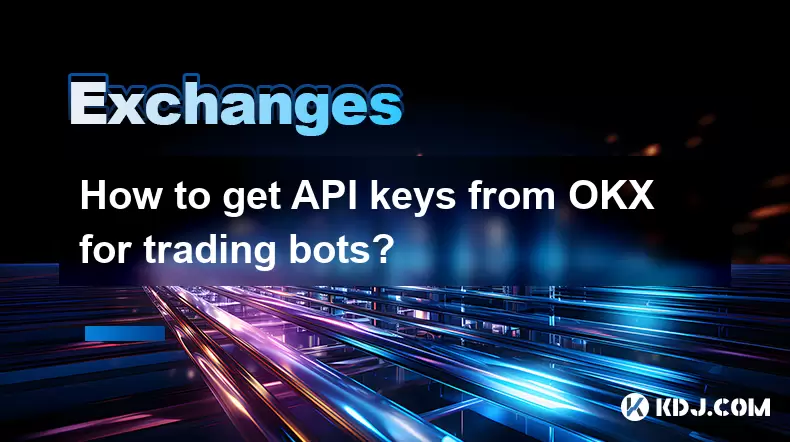
How to get API keys from OKX for trading bots?
Jul 03,2025 at 07:07am
Understanding API Keys on OKXTo interact with the OKX exchange programmatically, especially for building or running trading bots, you need to obtain an API key. An API (Application Programming Interface) key acts as a secure token that allows your bot to communicate with the exchange's servers. On OKX, these keys come with customizable permissions such ...
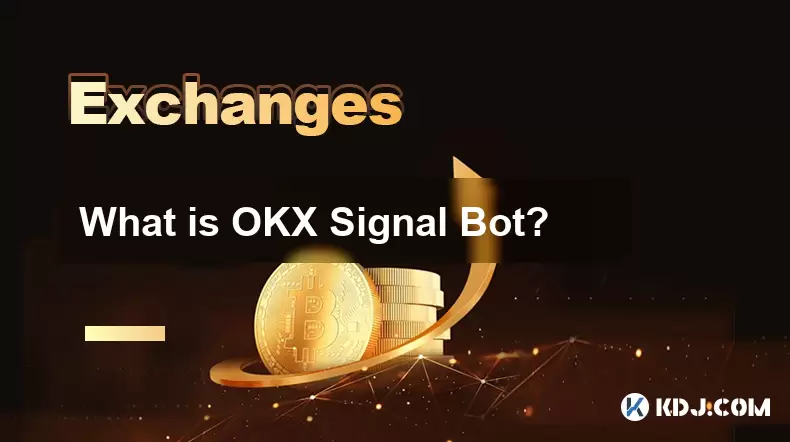
What is OKX Signal Bot?
Jul 02,2025 at 11:01pm
Understanding the Basics of OKX Signal BotThe OKX Signal Bot is a feature within the OKX ecosystem that provides users with automated trading signals and execution capabilities. Designed for both novice and experienced traders, this bot helps identify potential trading opportunities by analyzing market trends, technical indicators, and historical data. ...
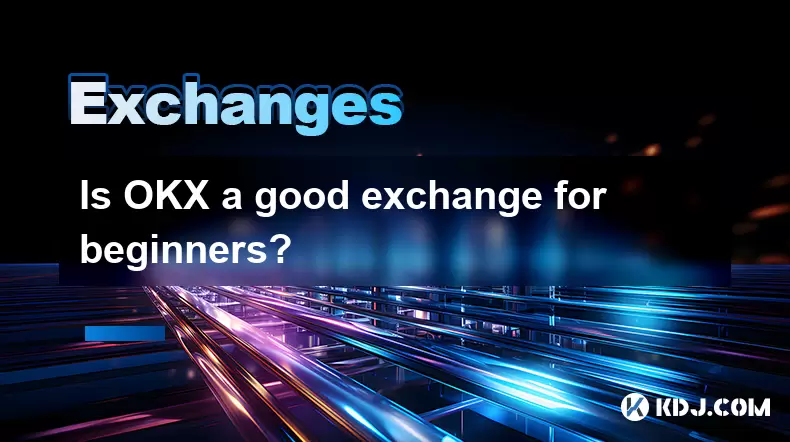
Is OKX a good exchange for beginners?
Jul 03,2025 at 05:00pm
What Is OKX and Why Is It Popular?OKX is one of the leading cryptocurrency exchanges globally, known for its robust trading infrastructure and a wide variety of digital assets available for trading. It supports over 300 cryptocurrencies, including major ones like Bitcoin (BTC), Ethereum (ETH), and Solana (SOL). The platform has gained popularity not onl...
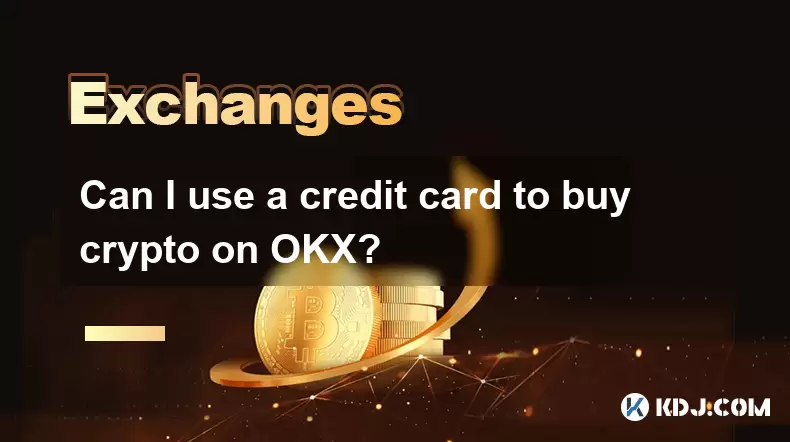
Can I use a credit card to buy crypto on OKX?
Jul 04,2025 at 04:28am
Understanding OKX and Credit Card PaymentsOKX is one of the leading cryptocurrency exchanges globally, offering a wide range of services including spot trading, derivatives, staking, and more. Users often wonder whether they can use a credit card to buy crypto on OKX, especially if they are new to the platform or looking for quick ways to enter the mark...
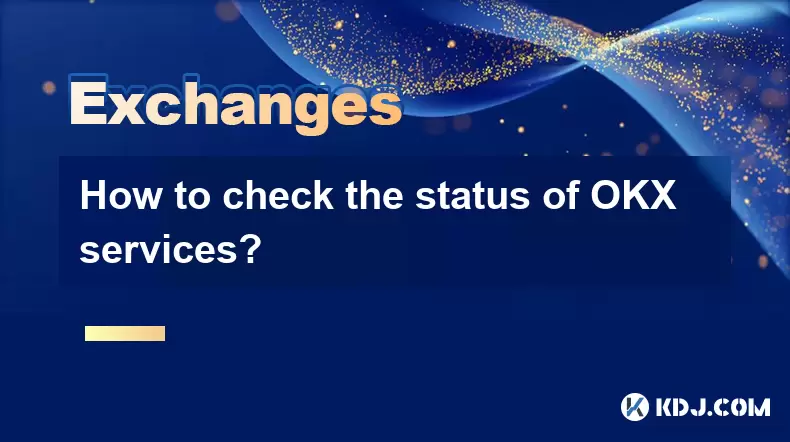
How to check the status of OKX services?
Jul 02,2025 at 11:14pm
What is OKX, and Why Checking Service Status Matters?OKX is one of the world’s leading cryptocurrency exchanges, offering services such as spot trading, futures trading, staking, and more. With millions of users relying on its platform for daily transactions, it's crucial to know how to check the status of OKX services. Downtime or maintenance can affec...
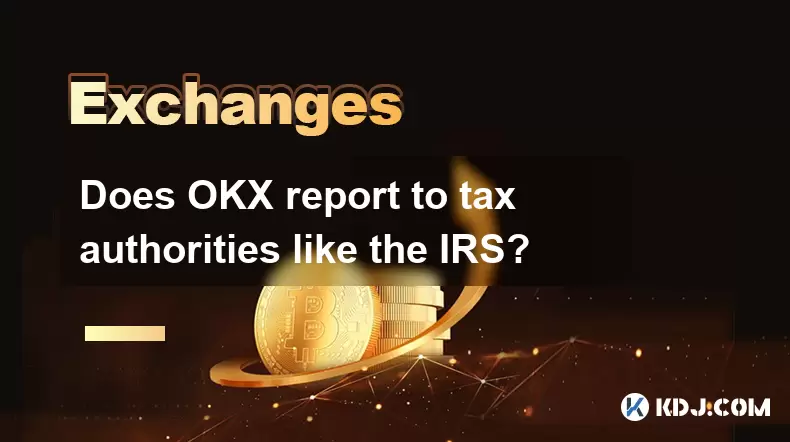
Does OKX report to tax authorities like the IRS?
Jul 03,2025 at 03:14pm
Understanding the Role of Cryptocurrency Exchanges in Tax ReportingCryptocurrency exchanges play a crucial role in facilitating digital asset transactions, but their responsibilities extend beyond trading and custody. As regulatory scrutiny intensifies globally, users are increasingly concerned about whether platforms like OKX report to tax authorities ...

How to get API keys from OKX for trading bots?
Jul 03,2025 at 07:07am
Understanding API Keys on OKXTo interact with the OKX exchange programmatically, especially for building or running trading bots, you need to obtain an API key. An API (Application Programming Interface) key acts as a secure token that allows your bot to communicate with the exchange's servers. On OKX, these keys come with customizable permissions such ...

What is OKX Signal Bot?
Jul 02,2025 at 11:01pm
Understanding the Basics of OKX Signal BotThe OKX Signal Bot is a feature within the OKX ecosystem that provides users with automated trading signals and execution capabilities. Designed for both novice and experienced traders, this bot helps identify potential trading opportunities by analyzing market trends, technical indicators, and historical data. ...

Is OKX a good exchange for beginners?
Jul 03,2025 at 05:00pm
What Is OKX and Why Is It Popular?OKX is one of the leading cryptocurrency exchanges globally, known for its robust trading infrastructure and a wide variety of digital assets available for trading. It supports over 300 cryptocurrencies, including major ones like Bitcoin (BTC), Ethereum (ETH), and Solana (SOL). The platform has gained popularity not onl...

Can I use a credit card to buy crypto on OKX?
Jul 04,2025 at 04:28am
Understanding OKX and Credit Card PaymentsOKX is one of the leading cryptocurrency exchanges globally, offering a wide range of services including spot trading, derivatives, staking, and more. Users often wonder whether they can use a credit card to buy crypto on OKX, especially if they are new to the platform or looking for quick ways to enter the mark...

How to check the status of OKX services?
Jul 02,2025 at 11:14pm
What is OKX, and Why Checking Service Status Matters?OKX is one of the world’s leading cryptocurrency exchanges, offering services such as spot trading, futures trading, staking, and more. With millions of users relying on its platform for daily transactions, it's crucial to know how to check the status of OKX services. Downtime or maintenance can affec...

Does OKX report to tax authorities like the IRS?
Jul 03,2025 at 03:14pm
Understanding the Role of Cryptocurrency Exchanges in Tax ReportingCryptocurrency exchanges play a crucial role in facilitating digital asset transactions, but their responsibilities extend beyond trading and custody. As regulatory scrutiny intensifies globally, users are increasingly concerned about whether platforms like OKX report to tax authorities ...
See all articles

























































































